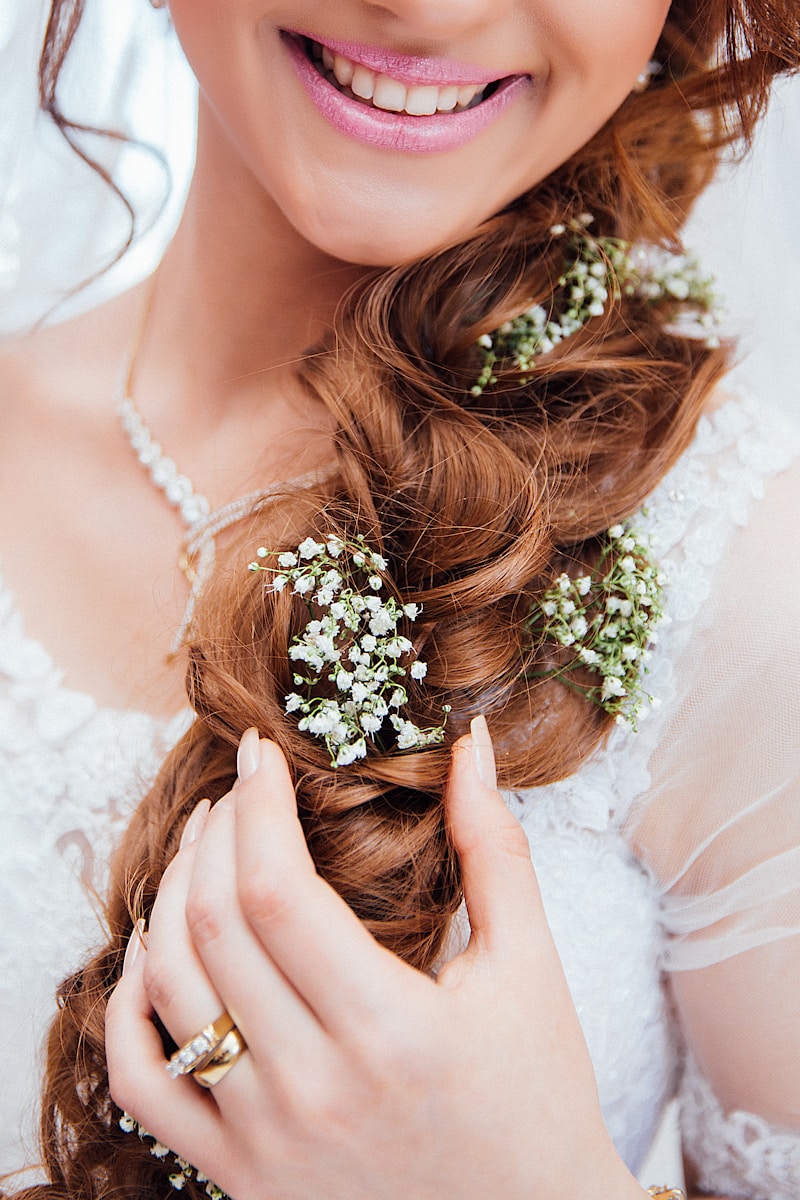Mixing Fabrics in Bridal Design: A Comprehensive Guide for Modern Weddings
Introduction to Mixing Fabrics in Bridal Design
Bridal design has evolved significantly over the years, with modern brides seeking unique ways to express their personal style. One trend that has gained substantial popularity is mixing fabrics in bridal design. This approach not only enhances the visual impact of wedding outfits but also adds texture and depth. In this article, we will explore the art of mixing fabrics, the various materials that can be combined, and practical tips for brides-to-be. Discover how to create a stunning wedding look that reflects your personality.
The Importance of Fabric in Bridal Design
The fabric that you choose for your bridal gown can make or break your overall wedding aesthetic. Different fabrics have unique properties that affect the drape, texture, and appearance of the gown. Mixing fabrics allows designers to highlight the strengths and styles of various materials. For instance, combining delicate lace with luxurious silk can create a stunning contrast that captures attention. Here, we will discuss some popular fabrics used in bridal design:
| Fabric Type | Characteristics | Use in Bridal Design |
| Lace | Sheer, intricate, romantic | Overlay, accents, sleeves |
| Silk | Soft, smooth, luxurious | Main gown fabric, flowing skirts |
| Chiffon | Lightweight, airy, ethereal | Lining, overlays, skirts |
| Tulle | Stiff, structured, volumizing | Veils, skirts, petticoats |
| Organza | Thin, crisp, glossy | Accents, overlays, structural elements |
Popular Combinations for Bridal Design
Mixing fabrics involves creativity and a keen eye for aesthetics. Here are some popular combinations that can elevate your bridal look:
1. Lace and Silk
This classic combination exudes elegance and sophistication. Lace can be used as an overlay on a silk gown, providing texture and a touch of vintage charm. Consider silk as the base fabric for its luxurious feel, and layer with intricate lace to create stunning sleeves or a breathtaking bodice.
2. Chiffon and Tulle
If you're aiming for a whimsical, fairy-tale aesthetic, chiffon paired with tulle is an excellent choice. Chiffon offers a soft and flowing silhouette, while tulle can add volume and structure to skirts. This combination is perfect for the bride who dreams of a romantic and ethereal look.
3. Organza and Satin
For a modern and textured finish, combining organza with satin is ideal. Organza, known for its crisp texture, can be layered over luxurious satin to create depth and intrigue. This pairing is often used for structured gowns or trendy ball gowns.
Tips for Mixing Fabrics in Bridal Design
To ensure a successful and harmonious blend of fabrics in your bridal gown, follow these practical tips:
1. Consider the Texture
When selecting fabrics, pay attention to the texture of each material. Combining fabrics with different textures can enhance the visual appeal of the gown. For example, pairing a smooth silk with a rough lace can create a beautiful contrast.
2. Color Coordination
Ensure that the colors of your fabrics coordinate well. Mixing fabrics in different shades can add depth and interest, but be mindful of maintaining a cohesive color palette. Consider soft pastels for an elegant look or bolder colors for a more contemporary vibe.
3. Balance and Proportion
Achieving a balanced look is critical when mixing fabrics. Ensure that the proportions of each fabric work harmoniously together. Too much of one material can overpower the entire design, so it's essential to find a balance that enhances the overall aesthetic.
Common Mistakes to Avoid
While the art of mixing fabrics is exciting, there are common pitfalls to watch out for:
1. Overcomplicating the Design
Limit the variety of fabrics you choose to keep the design from becoming overwhelming. A maximum of two to three complementary fabrics is often sufficient to create a striking effect.
2. Ignoring Fabric Weight
Combining fabrics of significantly different weights can lead to fitting issues and unattractive drapes. Always consider the weight of each fabric, and try to choose materials that complement each other in this regard.
3. Disregarding Comfort
Ultimately, your bridal gown should be comfortable, allowing you to move freely on your special day. While beautiful fabrics are essential, prioritize comfort to ensure you feel confident and at ease.
Inspirational Bridal Designs Incorporating Mixed Fabrics
Here are some inspiring designers and gowns that showcase the beauty of mixed fabrics:

1. Jenny Packham: Known for her vintage-inspired designs, Jenny often combines lace with soft satins, creating romantic and ethereal gowns.
2. Marchesa: Marchesa’s collections frequently feature layers of chiffon and tulle, accentuated with delicate lace overlays.
3. Pronovias: This designer uses combinations of satin and organza, often incorporating exquisite beading for added glamour.
Conclusion
Mixing fabrics in bridal design presents a wonderful opportunity for brides to express their unique styles. By carefully selecting and combining different materials, you can create a personalized gown that reflects your personality while remaining fashionable. Remember to consider texture, color coordination, and balance for a harmonious result. Additionally, avoid common mistakes and prioritize comfort to ensure you enjoy every moment of your special day. With these tips in mind, you can embark on your bridal design journey with confidence and creativity.
Final Thoughts: Mixing fabrics can transform your bridal style from ordinary to extraordinary. As you begin to plan your dream gown, make sure to explore the different fabric options available, consult with professional designers, and most importantly, make choices that feel authentic to you.